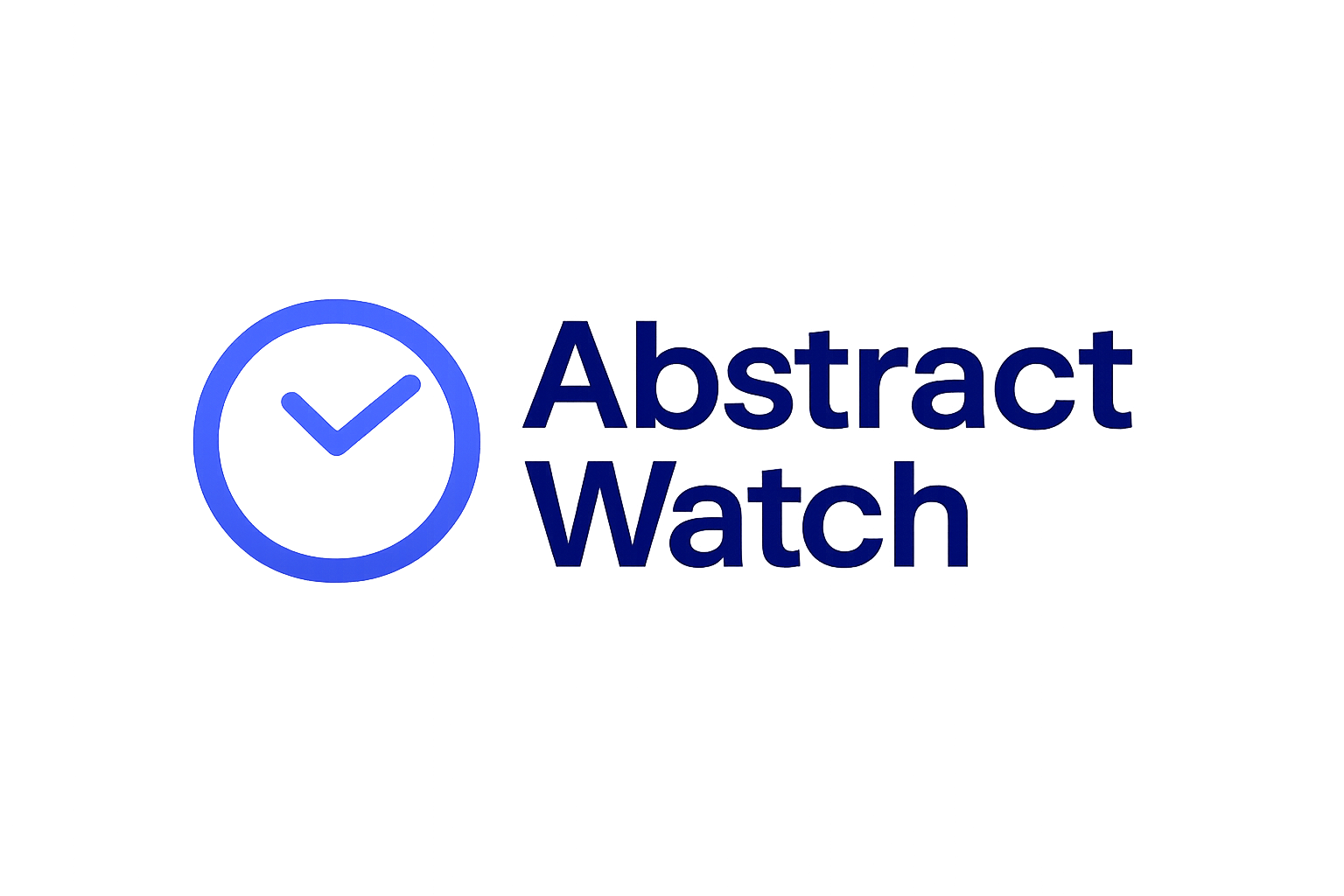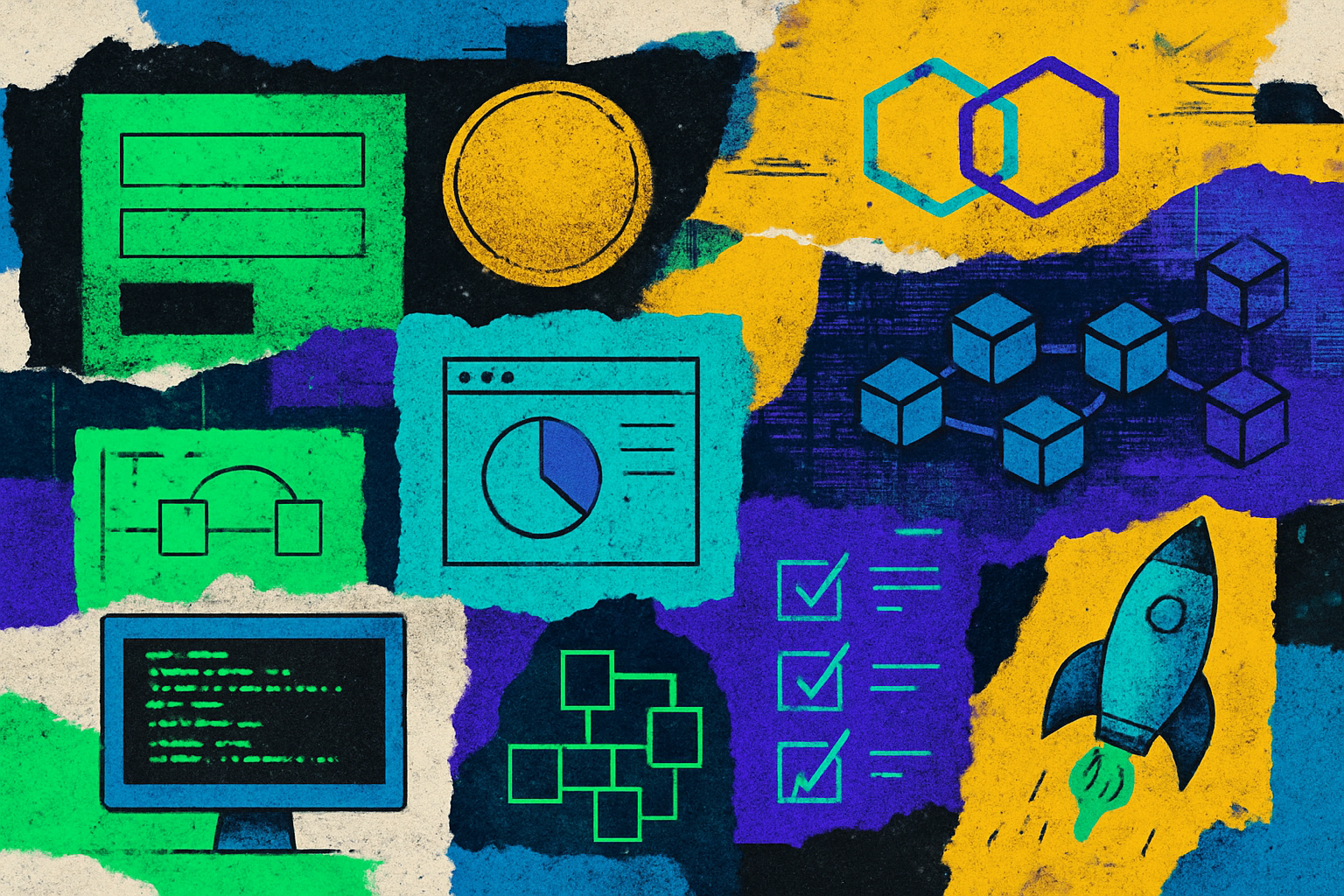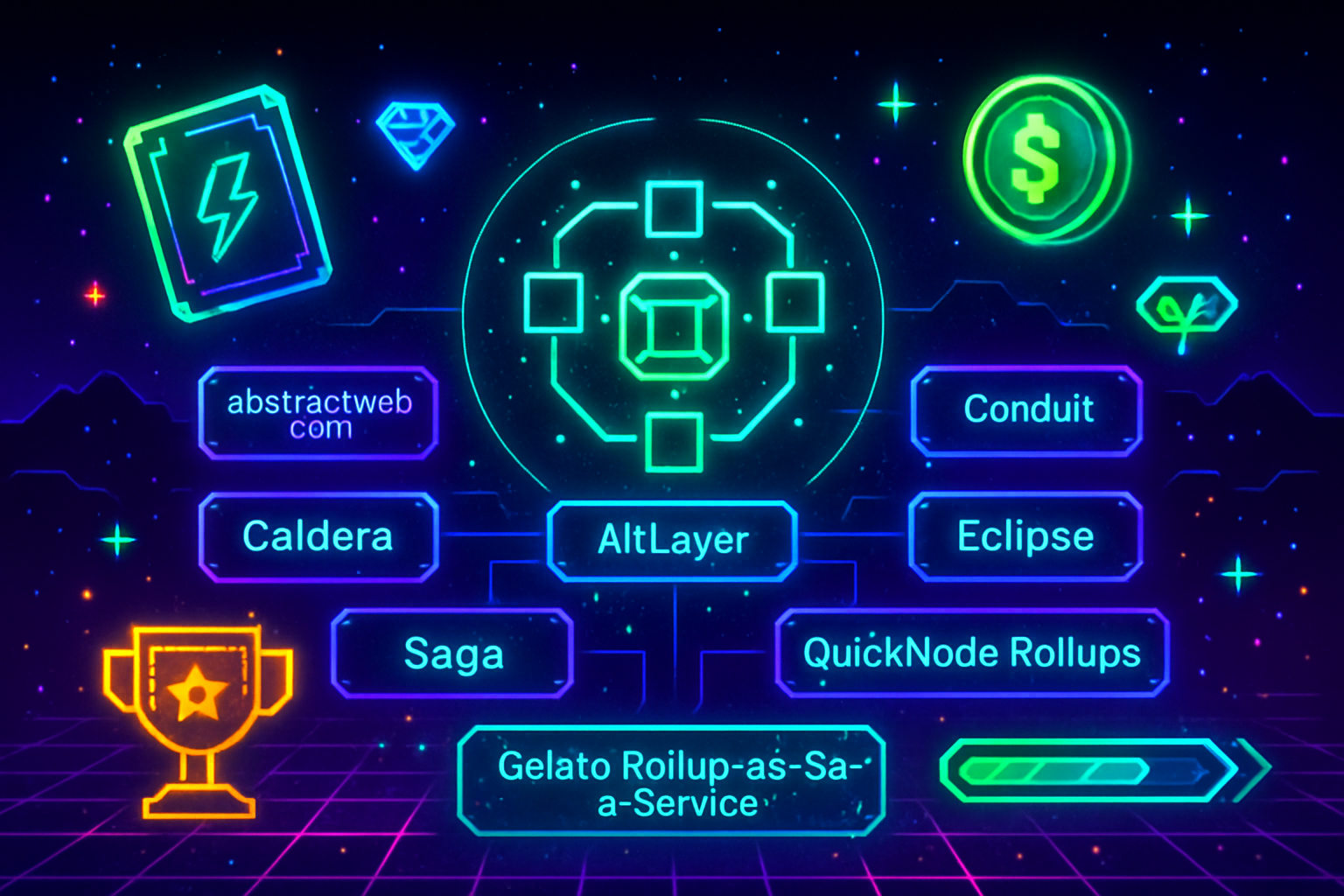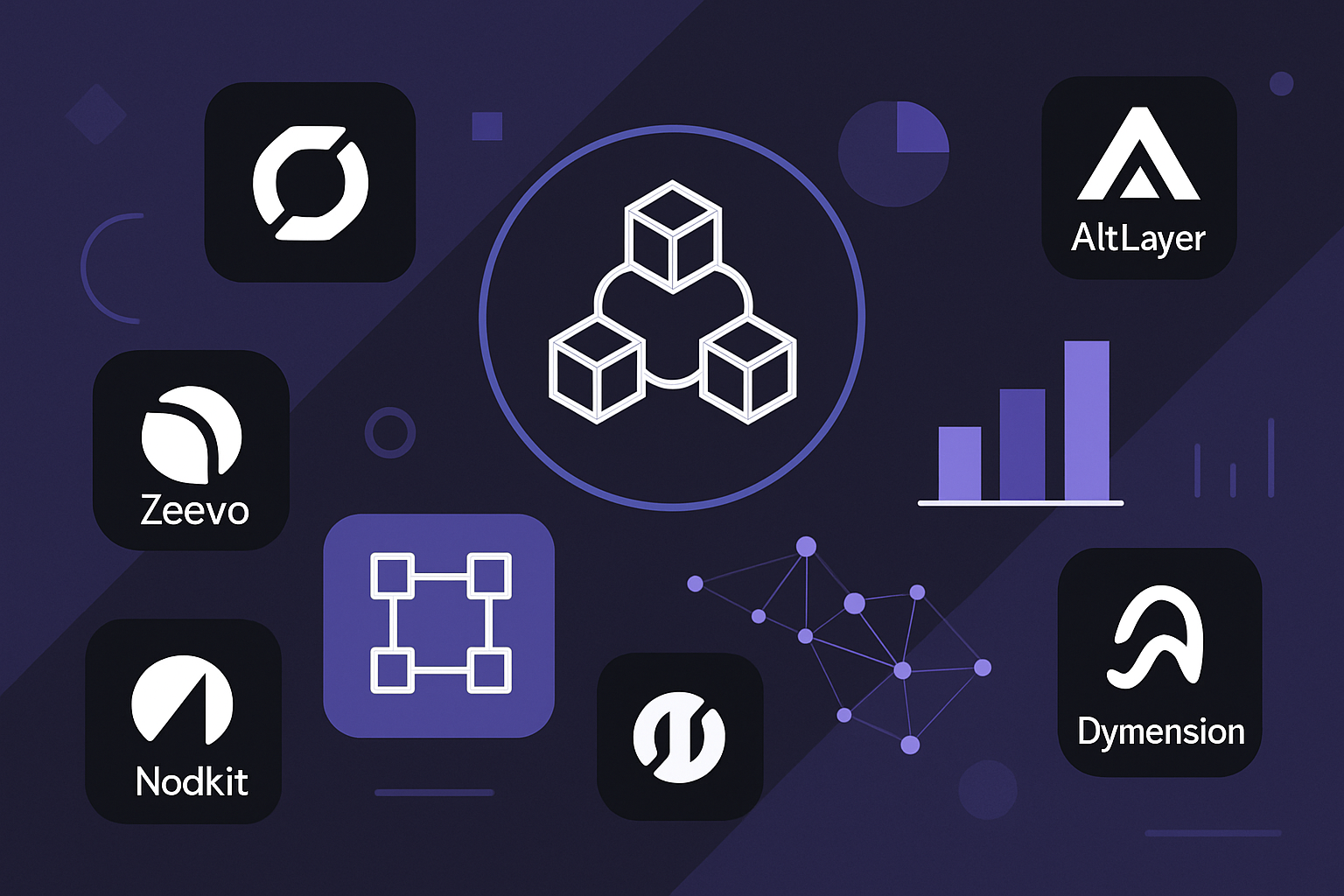
Blockchain development has undergone a profound transformation in recent years, as the need for scalable, application-specific chains (appchains) has outpaced the capabilities of traditional Layer-1 and Layer-2 solutions. Enter Rollup-as-a-Service (RaaS) platforms: a new breed of infrastructure providers that allow developers to deploy custom rollups with unprecedented speed and flexibility. By abstracting away the operational and technical complexities, RaaS platforms are empowering teams to focus on what matters most – building innovative decentralized applications.

Why Appchain Deployment Has Historically Been Complex
Launching an appchain used to be a daunting endeavor. Developers were required to navigate intricate consensus mechanisms, manage node infrastructure, ensure data availability, and maintain security protocols. Even minor missteps could result in costly downtime or security vulnerabilities. The process often demanded specialized expertise in cryptography and distributed systems, making it inaccessible for many startups and smaller teams.
Moreover, scaling such infrastructure independently was challenging. As user demand fluctuated or network congestion increased on the underlying settlement layer (such as Ethereum), maintaining consistent performance became a Herculean task. This bottleneck stifled innovation and slowed time-to-market for promising blockchain applications.
The Rise of Rollup-As-A-Service Platforms
Rollup-as-a-Service solutions have emerged as a response to these challenges, providing turnkey deployment options that dramatically lower the barriers to entry. Leading platforms like Alchemy Rollups, Conduit, Zeeve, Caldera, and QuickNode offer intuitive dashboards and APIs that guide developers through every stage of the rollup lifecycle – from initial deployment to ongoing monitoring.
The core value proposition is clear: no-code or low-code interfaces, rapid provisioning (often within minutes), and robust customization options. For example, Asphere’s no-code deployer enables teams to launch Arbitrum Orbit rollups without writing extensive backend code. AltLayer supports multiple rollup frameworks so developers can select between Optimistic or zk-Rollups based on their unique needs.
This modularity allows projects to:
- Choose their data availability layers
- Configure governance models
- Select between various settlement chains
- Easily integrate analytics tools like TraceHawk’s Explorer-as-a-Service for real-time monitoring
The result? A streamlined path from ideation to mainnet launch – one that is accessible even to teams without deep protocol-level expertise.
Simplifying Scalability, Security and Operations
A key advantage of RaaS platforms is their ability to handle scalability behind the scenes. By offloading transaction processing from congested Layer-1s onto dedicated rollups, projects benefit from higher throughput and lower gas fees without sacrificing security guarantees. QuickNode’s Custom Chains exemplify this with auto-scaling infrastructure that maintains 99.9% uptime regardless of network load.
Security is paramount in blockchain infrastructure. RaaS providers implement enterprise-grade SLAs and obtain certifications such as ISO 27001 or SOC 2 Type 2 (as seen with Tokyo Techie), ensuring rigorous standards are met for both performance and protection against threats.
This comprehensive support extends beyond deployment: most RaaS offerings include block explorers, monitoring dashboards, developer APIs, and even bridging solutions for cross-chain interoperability. These features free developer resources from routine maintenance tasks so they can focus on product innovation instead of infrastructure firefighting.
A Glimpse at Leading Providers and Their Offerings
The diversity among RaaS vendors means there’s a solution tailored for nearly every use case:
- Alchemy Rollups: Deploys custom rollups across multiple frameworks in under two minutes with extensive documentation.
- Zeeve: Offers enterprise-grade end-to-end services supporting both zk and Optimistic Rollups with built-in monitoring tools.
- Conduit and Caldera: Focus on modularity – allowing selection of framework (OP Stack/Arbitrum Orbit), settlement layer preferences, upgrade management, and integrated bridges.
- QuickNode: Provides managed Custom Chains with high uptime SLAs and auto-scaling capabilities.
This competitive landscape continues to drive down costs while increasing reliability – making appchain deployment more accessible than ever before. For further insight into how these platforms are changing the game for web3 builders, see our detailed breakdown at How Rollup-As-A-Service Simplifies Appchain Deployment for Blockchain Developers.
For blockchain teams, the impact of Rollup-as-a-Service (RaaS) goes well beyond technical convenience. By offering a full spectrum of customizable, production-ready infrastructure, RaaS platforms are fundamentally changing the economics and pace of decentralized application development. This shift allows even lean startups to compete with established players, all while maintaining robust security and scalability.
Unlocking Innovation Through Modularity and Flexibility
One of the most powerful aspects of RaaS is its modular design. Developers can mix and match components, selecting their preferred rollup framework, data availability solution, and governance model, to create an appchain that precisely fits their project’s needs. For example, a DeFi protocol might prioritize ultra-low latency and composability by choosing an Optimistic Rollup with a high-performance data layer. In contrast, an enterprise supply chain dApp may opt for zk-Rollups to maximize privacy and verifiability.
This flexibility extends to upgrades and future-proofing. With managed services like Conduit or Caldera, teams can seamlessly deploy protocol upgrades or migrate between settlement layers as technology evolves, without risking downtime or security lapses. The result is a living blockchain ecosystem that can adapt as user requirements and industry standards shift over time.
Key Benefits of Using RaaS Platforms for Blockchain Developers
-

Simplified Deployment: RaaS platforms like Asphere’s no-code deployer enable developers to launch custom rollups in minutes, eliminating the need for deep technical expertise.
-
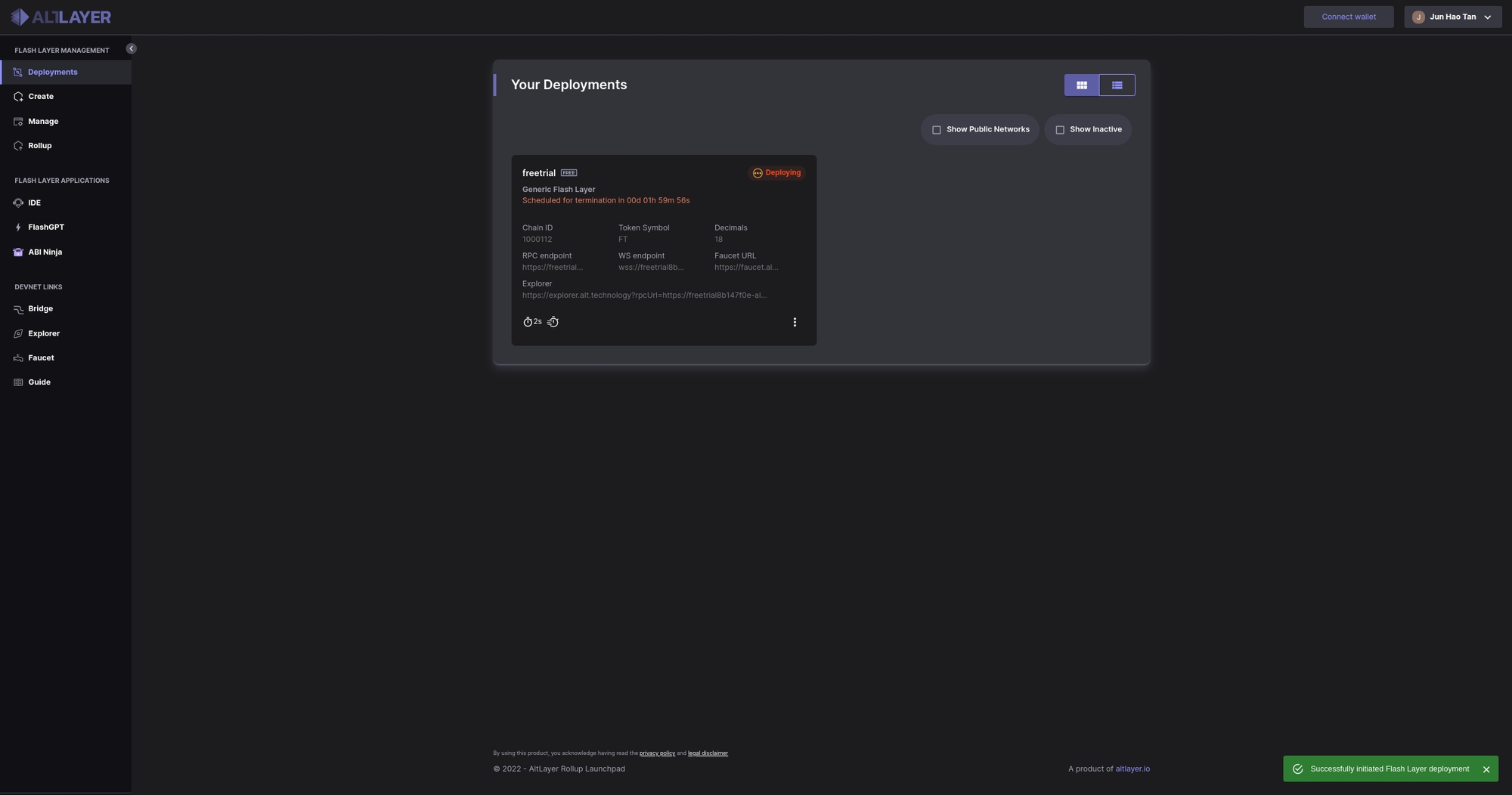
Customization and Flexibility: Solutions such as AltLayer allow developers to choose between Optimistic and zk-Rollups, configure data availability, and set governance structures for tailored appchains.
-
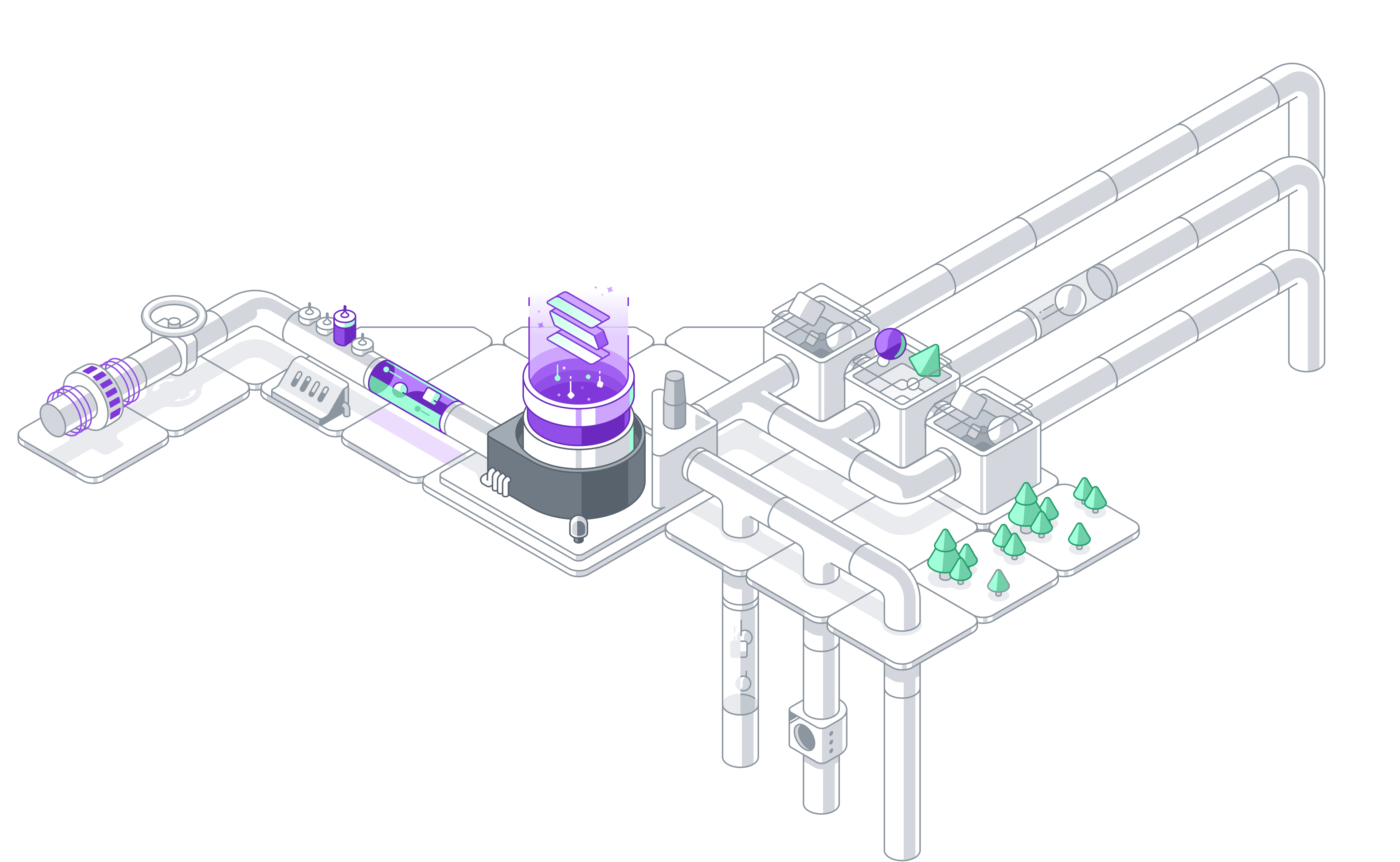
Scalability and Performance: Platforms like QuickNode Custom Chains offer auto-scaling infrastructure and 99.9% uptime, ensuring high throughput and reduced gas fees even during peak demand.
-
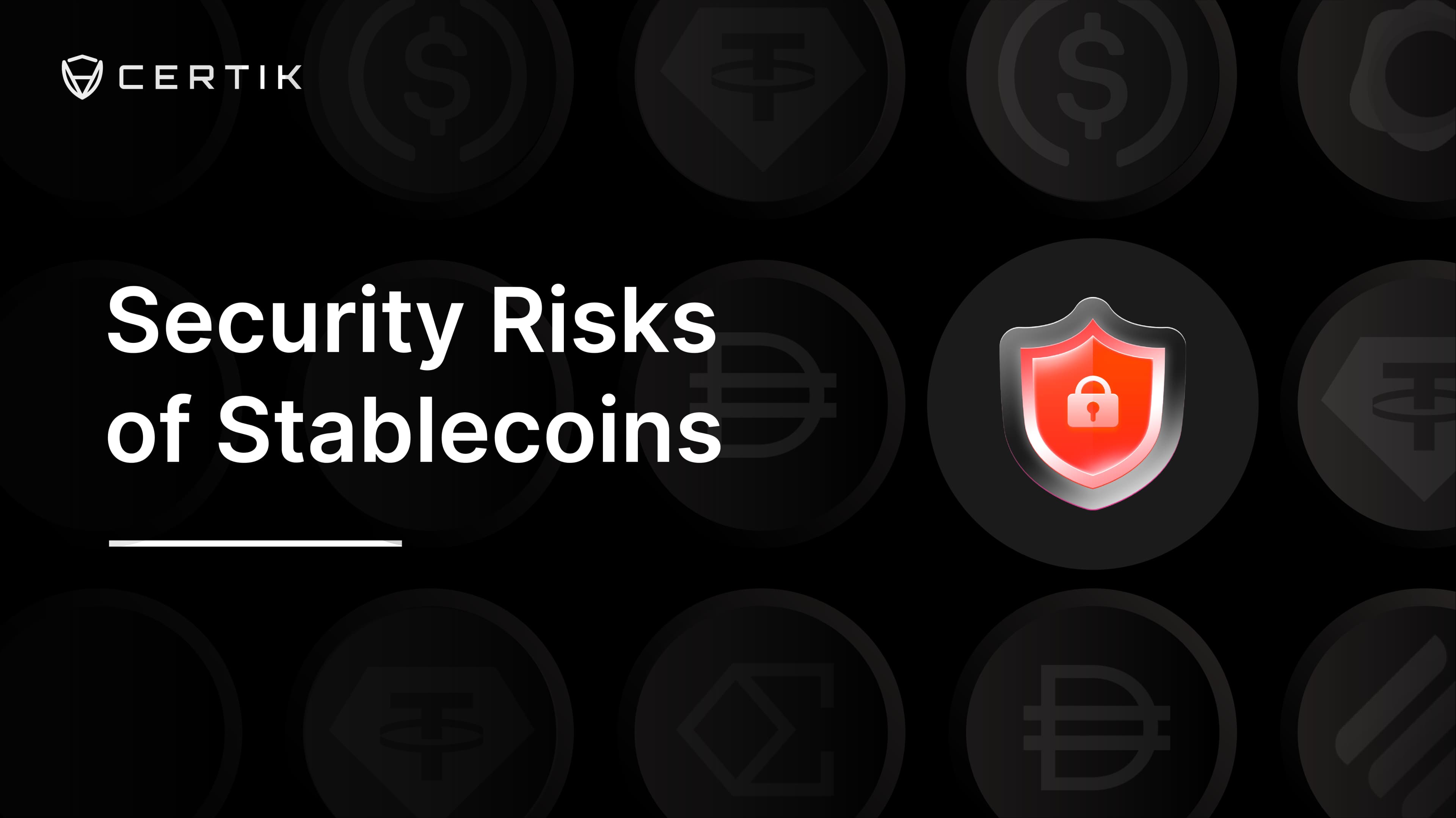
Security and Reliability: Enterprise-grade RaaS providers such as Tokyo Techie deliver ISO 27001 and SOC 2 Type 2 compliant solutions, safeguarding rollups with robust security standards and SLAs.
-

Comprehensive Infrastructure Support: Platforms like TraceHawk provide block explorers, monitoring dashboards, and developer APIs for enhanced analytics and operational visibility.
Reducing Time-to-Market: From Months to Minutes
Historically, launching a new blockchain application could take months of engineering effort just to reach mainnet readiness. Today’s RaaS solutions compress that timeline dramatically, often from months down to minutes, by automating infrastructure provisioning, node management, monitoring setup, and even compliance checks.
Providers like Alchemy Rollups or Zeeve deliver extensive developer documentation alongside intuitive dashboards. This means teams spend less time wrestling with DevOps or cryptography details and more time iterating on features that matter to users. The compounding effect is clear: faster product cycles lead to quicker feedback loops and greater innovation across the web3 landscape.
Enterprise-Grade Reliability Meets Open-Source Agility
Modern RaaS platforms bridge the gap between enterprise demands for uptime/security and the open-source ethos of permissionless experimentation. Service level agreements (SLAs) are now table stakes, with some providers guaranteeing 99.9% uptime, and leading platforms routinely undergo third-party audits for ISO 27001 or SOC 2 Type 2 compliance.
This convergence means projects can scale with confidence regardless of their stage, from hackathon prototypes to mission-critical enterprise applications, all while leveraging open standards that foster interoperability within the broader blockchain ecosystem.
Where Does Appchain Deployment Go Next?
The rapid proliferation of RaaS providers signals a healthy competitive landscape where developer experience is paramount. As frameworks mature and integration options expand (including support for cross-chain bridges or advanced analytics), expect even more frictionless appchain launches in the years ahead.
For builders eager to stay ahead of the curve, or simply avoid being bogged down by infrastructure, the message is clear: RaaS is not just a shortcut; it’s becoming the standard for scalable blockchain deployment. To explore how these trends are shaping real-world projects and what lies on the horizon for modular rollups, check out our deep dive at How Rollup-As-A-Service Platforms Simplify App Chain Deployment for Blockchain Developers.
